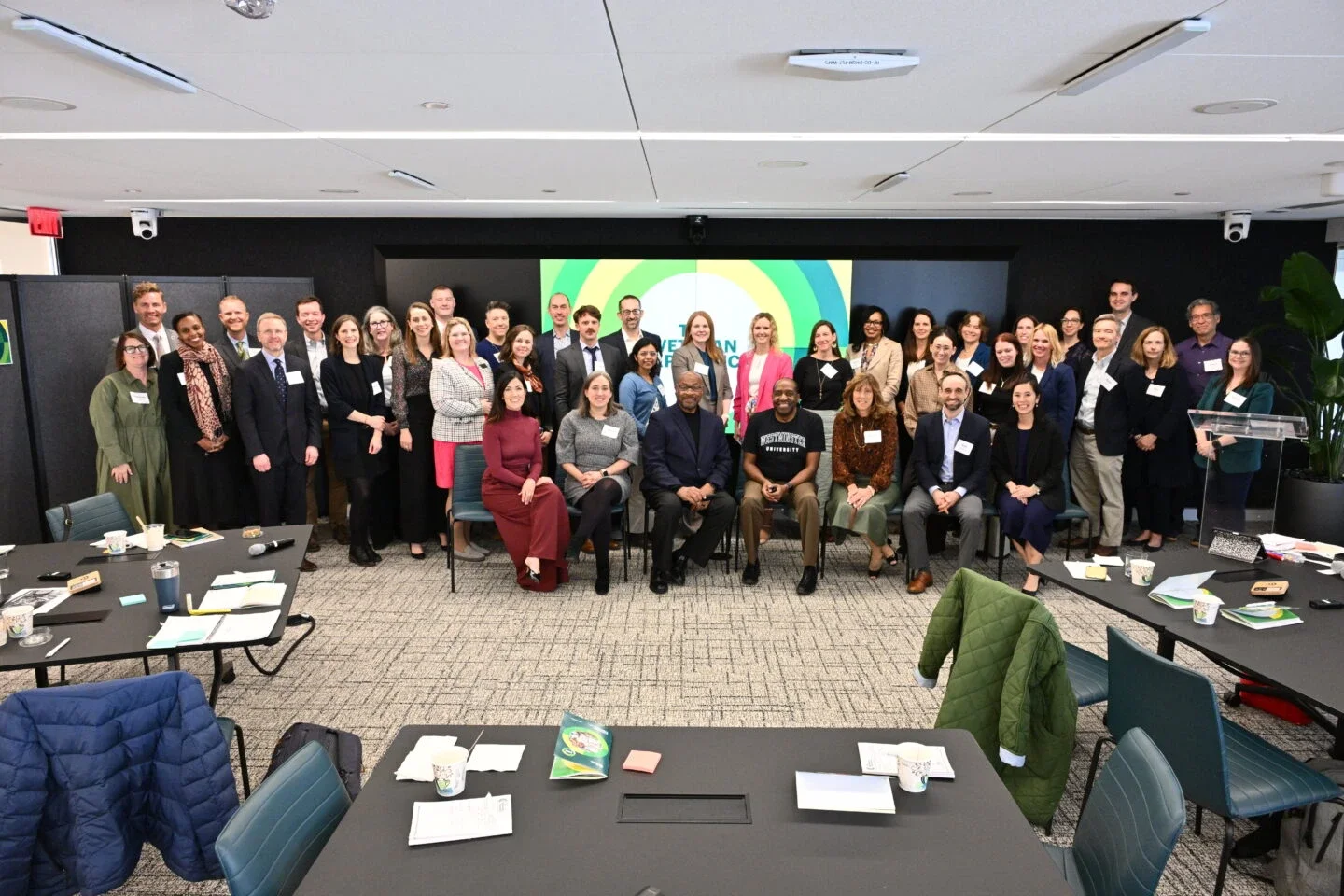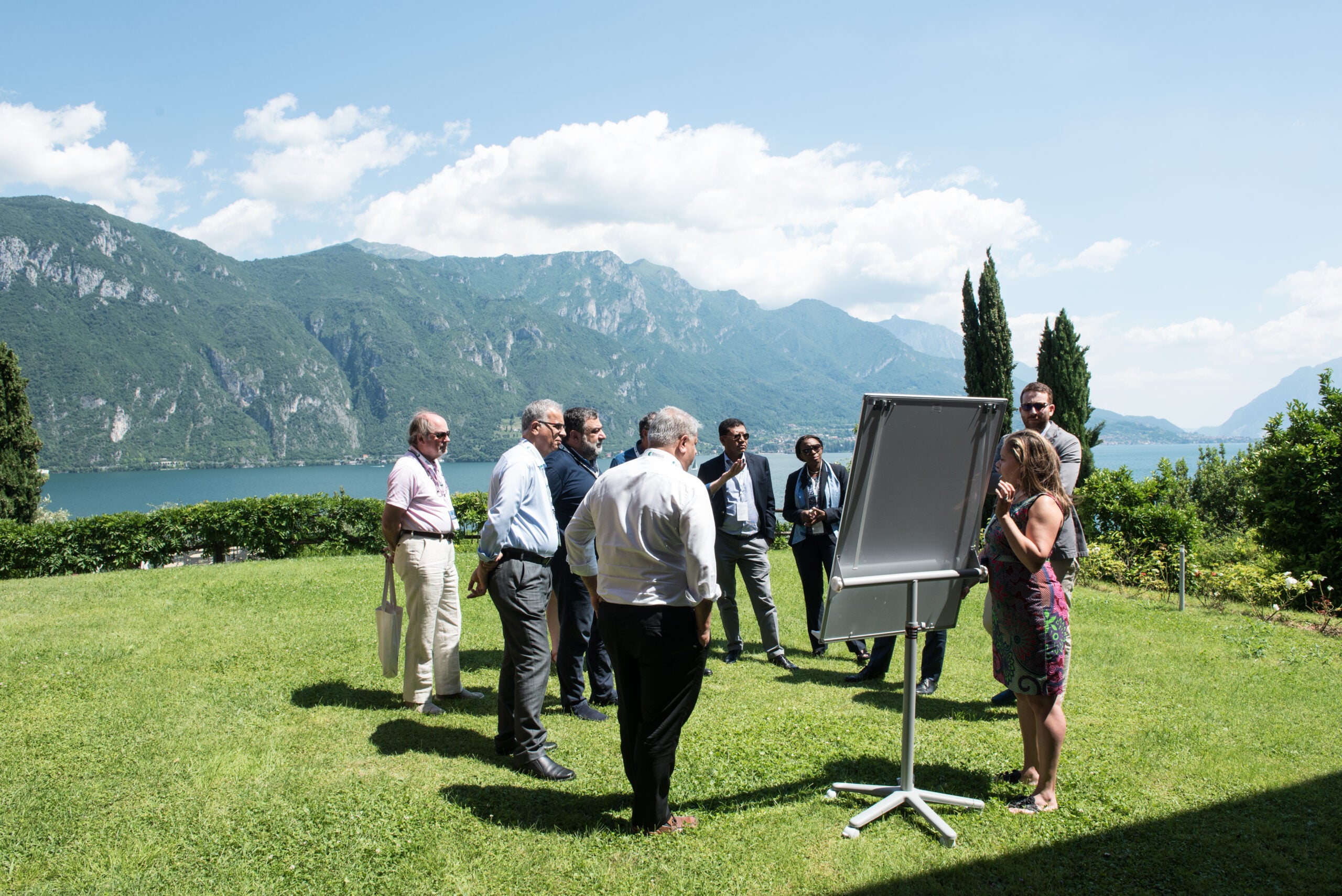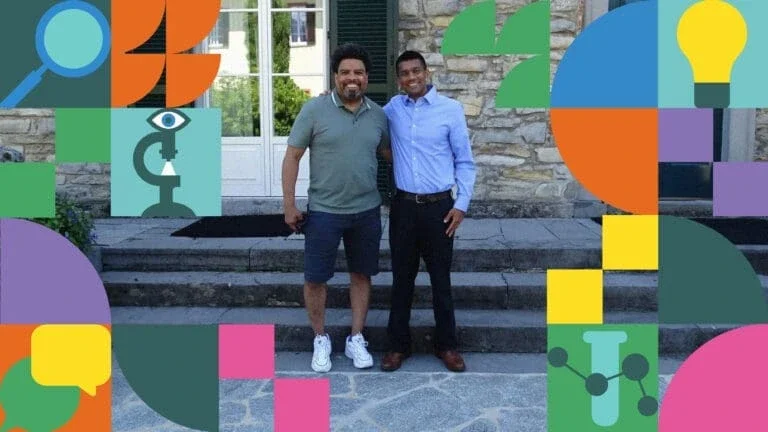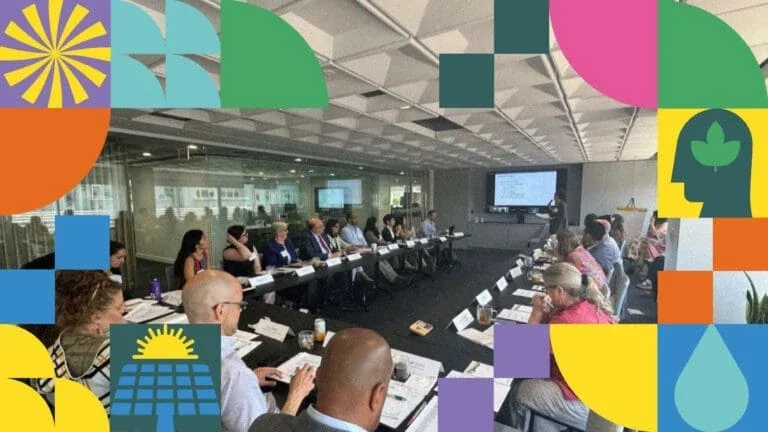The common African proverb, “If you want to go fast, go alone; but if you want to go far, go together,” is often quoted in philanthropic and nonprofit circles. It sounds good — wise and hopeful. What does it actually mean to live it out, to co-create in a meaningful way? How do we move beyond symbolic collaboration into the kind of deep, strategic partnership that produces lasting change?
One answer lies in the practice of strategic convening.
Convening is not new to philanthropy. Bringing people together has long been part of how foundations, funders, and changemakers operate. But strategic convening is different. It is not just a meeting or a single moment in time. It is an intentional act of collective sense-making, co-creation, and relationship-building.
Done well, convening is a tool to “go far together” — not just in spirit, but in practice.
Even in the age of Big Bets philanthropy — where large-scale funding is directed toward solving complex social problems — convening has become more important than ever. While a major investment might launch a bold initiative, money alone can’t sustain it. No amount of funding can substitute for the relationships, alignment, and shared ownership that real impact requires.
Strategic convening stands out as a unique tool. Strategic convening provides leaders — community leaders, funders, practitioners, and policymakers — the opportunity to come together and unlock new pathways for progress that would not otherwise be achievable. Perhaps most importantly, it recognizes that no single entity can make transformative change alone.
 Participants at the Food is Medicine Convening held at The Rockefeller Foundation Headquarters in New York.
Participants at the Food is Medicine Convening held at The Rockefeller Foundation Headquarters in New York.
Co-Creating Through Convening
Co-creation starts with an openness to being changed by the people you invite to the table. It’s not about presenting a fully baked idea and asking others to validate it. It’s about building the idea together — allowing the process to be messy, iterative, and shaped by many voices.

A group of conveners collaborating outdoors at The Rockefeller Foundation’s Bellagio Center in Lake Como, Italy.
Strategic convening creates the container for this kind of co-creation. It’s less about agendas and presentations, and more about facilitating dialogue, working through tensions, and uncovering shared aspirations and the pathway to achieve impact. It requires thoughtful planning — who is in the room, what questions are asked, and how power dynamics are addressed. It requires crafting a shared experience that resonates emotionally and generates a desire to continue working together after the convening has ended.
Importantly, it also requires follow-through. A convening is only as valuable as what happens afterwards. Convening without commitment is just conversation. Strategic convening builds a foundation for joint action and long-term partnership.
Convening as Strategy
The problems philanthropy seeks to address — systemic inequality, climate change, educational inequities, health disparities, and more — are too large and too complex to be solved by any one organization or funding stream. These are systems problems, and they require systems thinking and collaborative action.
Convening is one of the few tools that naturally supports systems-level work. It helps funders move from a transactional model of grantmaking to a relational model of change-making. Engaging and action-oriented convenings surface insights and perspectives that shape smarter and more durable solutions, build partnerships, and catalyze action.
In this way, convening is not an add-on to strategy — it is strategy. It’s how we listen better, learn faster, and align more deeply to co-create better solutions.
At The Rockefeller Foundation, we convene as an intentional strategy. To support others in designing convenings with similar intentions and impact, we have distilled our learnings into a set of resources that offer practical guidance, tools, and examples for others to shape convenings that drive meaningful change.
While a single strategic convening can make substantial progress, it takes more than one gathering to unlock transformative change. The Rockefeller Foundation often convenes stakeholders over a period of time, in a series of conversations. We call this a convening journey. The launch of CGIAR, GAVI, Global Impact Investing Network (GIIN), and the Global Alliance for People and Planet (GEAPP) — all entities that catalyzed transformative change for the food, health, finance, and energy systems they serve — happened as a result of convening journeys.
We are now using convening journeys to meet the current moment. In March 2025, we announced a $100 million commitment to providing 100 million children with nourishing, regeneratively grown school meals. This goal was set as a result of convening researchers, policymakers, global development leaders, funders, and civil society organizations representing farmers, teachers, and youth activists. We then gathered leaders from global development banks, ministries of finance, and philanthropies at The Rockefeller Foundation’s Bellagio Center to co-create an action plan building off a just-launched financing toolkit for regenerative school meals. Their expertise, honed through decades of experience turning policy goals into funded programs, resulted in a better product that will help unlock sustainable financing around the world beyond philanthropic grant dollars. We will continue this convening journey to sustain momentum, strengthen nascent partnerships, and foster continued collaboration to drive the adoption of nourishing, regeneratively grown school meals.
As we look ahead, we remain committed to convening with purpose to unlock the transformative change we need to make opportunity universal and sustainable. When we bring the right people together in the right way, we build not just better strategies, but stronger relationships and lasting change. That’s the power of strategic convening. And that’s how we go far, together.



